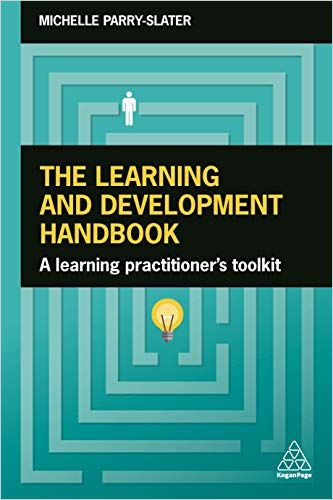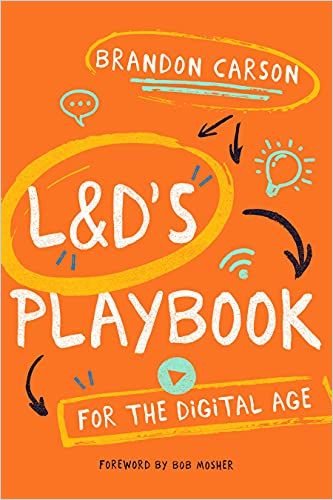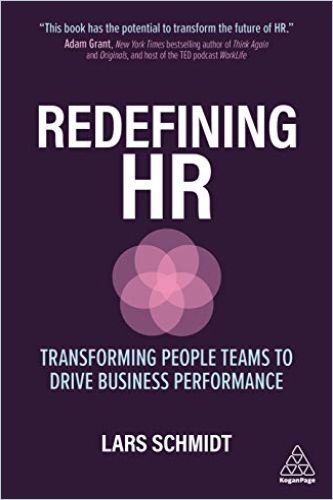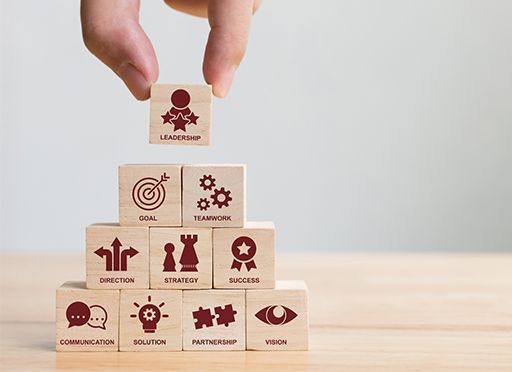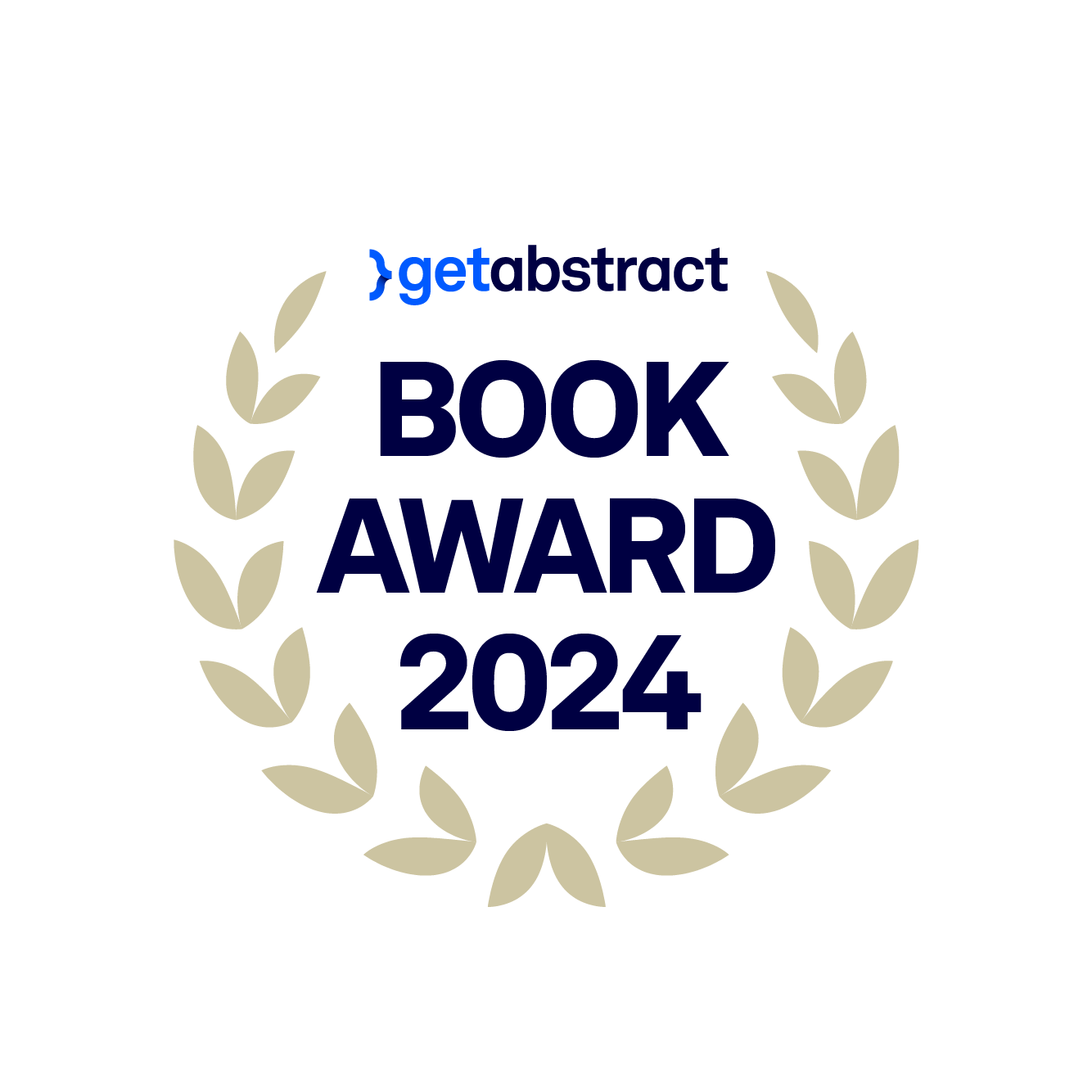What’s Next for the LXP Ecosystem?

The past 18 months have seen a flurry of activity in the LXP ecosystem:
- LinkedIn launched their own LXP, the LinkedIn Learning Hub.
- Degreed acquired Adepto.
- Cornerstone OnDemand went private in a $5B+ private equity deal, in part to “give the company the money and freedom to grow in a more aggressive way” according to Josh Bersin.
In light of those developments, and as we all work to redefine and adapt to a post-pandemic “new normal”, there’s understandably lots of interest in what’s next for the LXP ecosystem. Although there are certain trends unique to the learning space, we can also look for clues by stepping back into the broader context of what’s happening with enterprise software in general (since LXPs are a form of enterprise software after all).
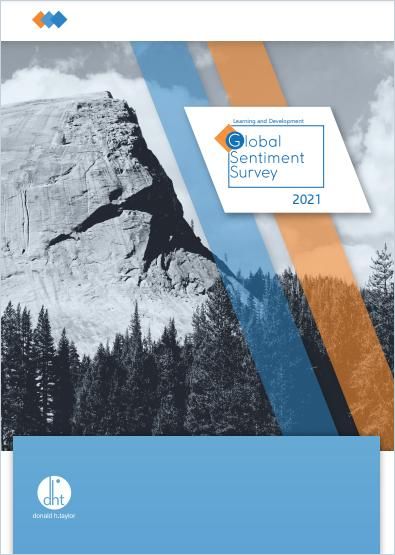
The most relevant trend is the rapid consumerization of enterprise software. Twenty years ago, the majority of time most people spent on a computer was at the desk in their office, using company-supplied software. Now all of us walk around with (compared to those PCs) actual supercomputers in our pockets, and spend huge parts of our day interacting with apps on those phones. And we’ve come to expect the apps we use for work to be just as simple to use as the ones on our phones. A lot of buying behavior in the enterprise has become much more bottoms-up, with small teams experimenting with new tools and apps, and driving adoption upward and outward in their organization (Dropbox and Slack are the canonical examples).
There are three important implications of that consumerization for the LXP ecosystem.
1. Every Learner’s Path Will Be Unique
Gone are the days of constructing a single standard curriculum for everyone and then scaling up delivery of that curriculum. The best explanation of what’s going on here comes from John Seely Brown describing how we’re moving from the model of accumulating knowledge as a fixed asset that’s depreciated over a career to a need for constant replenishment of unique combinations of skills and knowledge.
And just as no one sees the exact same LinkedIn feed or Netflix home screen, learners will increasingly expect content to be presented or recommended to them in a highly personalized way, tailored to the specific ‘what’s next’ of their career context.
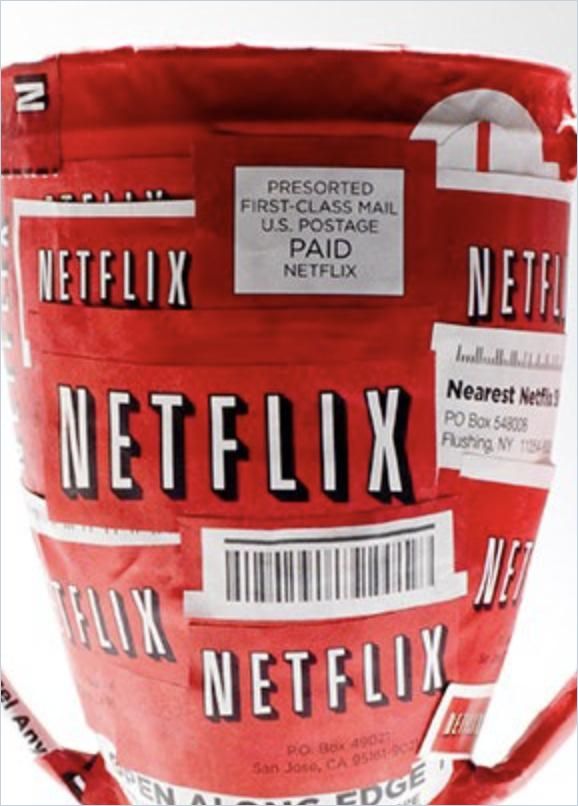
A key challenge in this for learning platforms will be designing recommendation and discovery algorithms that are both effective and equitable. This trend was recently referenced in a Citi GPS report called Education: Learning for Life: “A new approach to asynchronous, computer-aided learning is upon us. This technology ‘follows and learns’ your actual capability/knowledge level as you move through the learning experience. It thereby tailors the learning content on the fly – serving up more content for the areas of less capability, and dialing down material related to topics you understand. It does this by actively involving the user in the process – by asking you to rate your confidence level for each answer you provide – and passively, by logging one’s actual responses and ‘noticing’ other factors, like length of time to answer.”
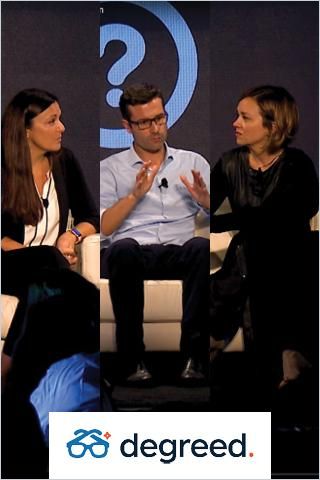
Defining and Measuring the Success of a Learning Experience Platform
Degreed2. Much of the End-User Experience Will Be Driven by the, Um, End User
The old model of enterprise software is a system tailored for specialists (an ERP system for accounts, an HR system for HR professionals, a CRM for salespeople). As companies push more interaction with key systems out to the frontline employees, those employees demand user experiences that mirror what they’ve come to expect from the apps they use every day.
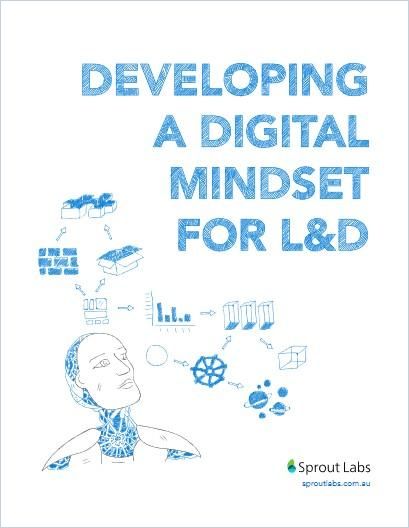
When a learner was just showing up to take a specific (often required) course, it was OK if the interface was a bit clunky and not particularly user-friendly. In the near future, however, this will be unacceptable.
Again here, it helps to look outside learning for parallels with other enterprise activities. For example, rather than accountants inputting expense report spreadsheets into a central accounting system, employees now do the data entry directly themselves using apps like Expensify. And instead of systems integration handled centrally through an IT-led process, teams can now stitch together complex workflows with user-friendly “no-code” tools like Zapier and IFTTT.
3. What’s Next: A Web of Vendors, Not a Stack
Expect something similar to what we see with Smart TVs and streaming services. Major players will keep fighting to “own” the learner experience, but customers will increasingly demand interoperability. We will also see even more blurring of lines between content creators and platform delivery. This is similar to how the Apple TV still needs to offer customers the ability to install Netflix and Amazon apps, and how Apple TV+ content is available on Roku.
Already LinkedIn Learning content plugs into Degreed’s LXP, for example. This will continue to be a headache for buyers and admins, just as it’s a headache now for many consumers to stitch together various streaming services and devices to get the unique mix of shows and movies their household wants.
Also expect this proliferation of access points to create demand for more and more content (both because it will be easier to find and browse and because of the ongoing and accelerating changes in critical skills, like AI and data science).
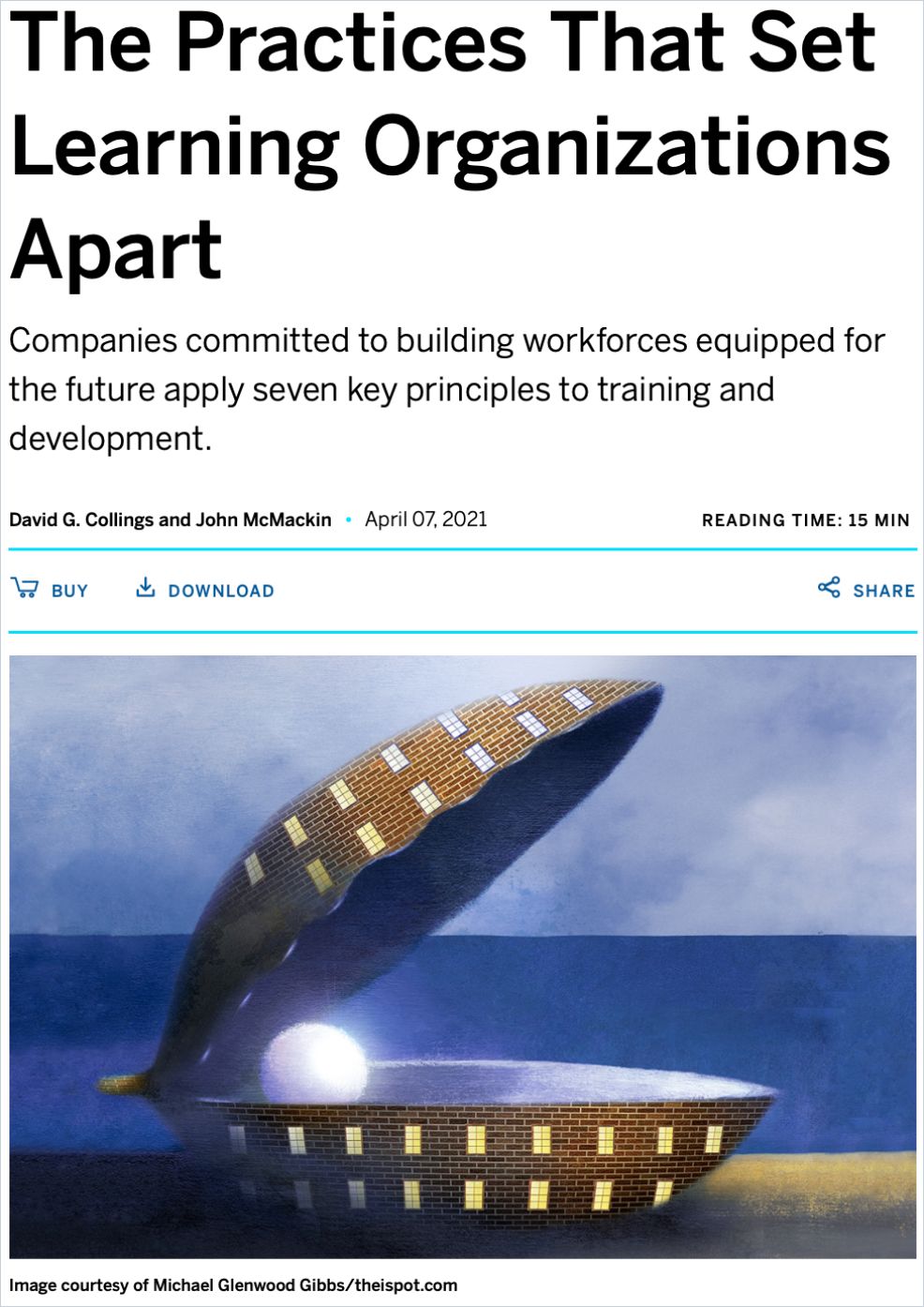
The Practices That Set Learning Organizations Apart
MIT Sloan Management ReviewIn response, both as a way to simplify the experience and to continue trying to “own” different pieces of the value chain, expect LXPs to experiment with “app store” models for discovery and installation of new content. Learning platforms in general, and LXPs in particular, will continue riding the wave of consumerization in enterprise software, continuing to evolve the way that employees learn, and the way that organizations support those learners.
Do you want to learn more about the learning trends of the future? Check out our getAbstract Global L&D Knowledge Forum, or read our event summaries:
